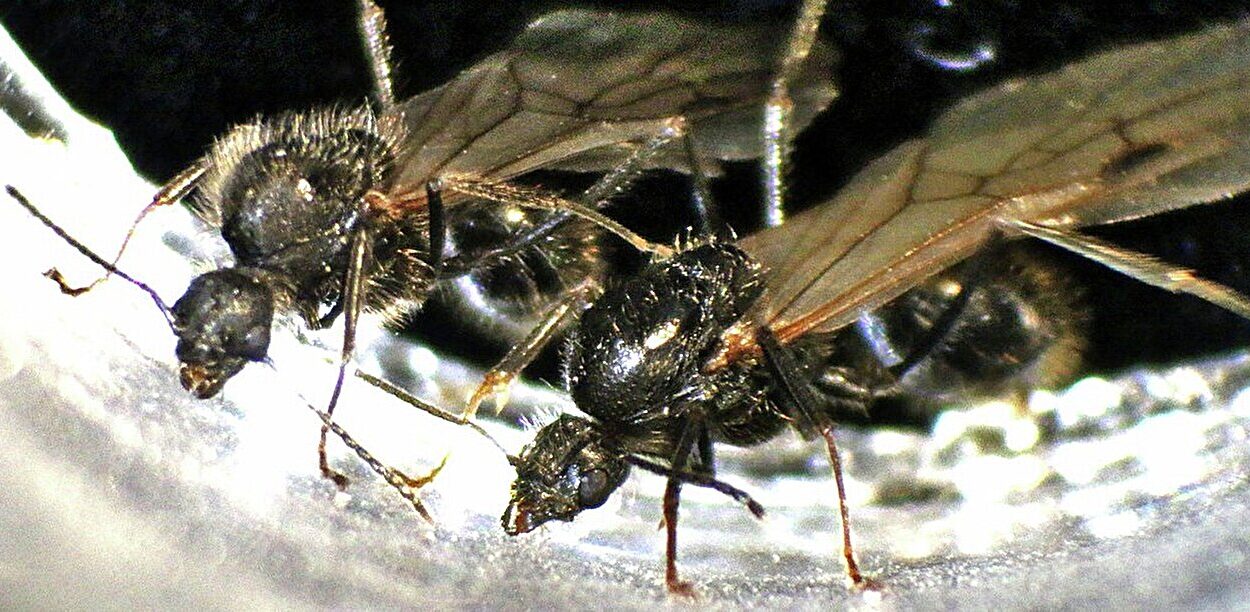When a harmful microbe slips past our body’s outer defenses, there’s no time to waste. The difference between life and death can come down to how quickly our immune system responds — and no cells take that challenge more personally than macrophages. These vigilant guardians patrol our tissues, ready to strike the instant danger appears.
But here’s the catch: reacting too slowly can allow infections to spiral out of control, while reacting too aggressively can cause devastating inflammation. The stakes are brutally high. In the blink of an eye, macrophages must launch a response that is fast, precise, and perfectly tailored to the invading threat.
A new study from researchers at CeMM Research Center for Molecular Medicine and MedUni Vienna, led by Christoph Bock and Matthias Farlik, reveals just how intricate and coordinated this cellular response really is — and how the immune system pulls off this biological balancing act. Their findings, published in Cell Systems, map out a detailed timeline of how macrophages sense, decide, and act in the heat of battle.
The Big Eaters with Bigger Responsibilities
The name “macrophage” comes from the Greek for “big eater,” and it’s fitting. When a macrophage detects a pathogen — a bacterium, a virus, even a fungal invader — it engulfs it whole, breaking it down into biochemical scraps. But macrophages are far more than simple garbage collectors.
They are also communicators. By releasing chemical signals, they summon other immune cells to the scene. They help trigger inflammation, which acts as a kind of biochemical alarm system. And perhaps most crucially, they display pieces of the pathogens they’ve consumed on their surface, giving the adaptive immune system a “most wanted” poster to remember for future encounters. This is how long-term immunity is built.
The problem? All of these jobs have to be done almost simultaneously — and with incredible precision. A single misstep can mean either a runaway infection or immune system “friendly fire” that damages healthy tissue.
Capturing the Immune System in Motion
To uncover how macrophages coordinate this dizzying series of tasks, Bock and Farlik’s team designed a cutting-edge experiment. They began with mouse macrophages and exposed them to a variety of immune stimuli that mimic different infections — some bacterial, some viral.
Then, they tracked the molecular changes inside the cells, checking at regular intervals to see which genes switched on, which stayed silent, and how the cells’ DNA became more or less accessible to regulatory machinery. This produced a time-lapse view of the immune response, showing not just the “before” and “after” states, but the entire unfolding process in between.
The result was a molecular timeline — a kind of choreography chart — revealing how biochemical pathways are activated in sequence to produce a tailored immune reaction.
CRISPR Meets Artificial Intelligence
Understanding the sequence of events was just the first step. The team also wanted to know which molecular “conductors” were calling the shots.
To find out, they combined CRISPR genome editing — the molecular scalpel that can precisely switch off specific genes — with machine learning algorithms capable of spotting patterns in massive datasets. They created hundreds of macrophage “mutants,” each missing a different regulatory protein, and then used single-cell RNA sequencing to observe exactly how each mutation altered the immune response.
This powerful approach uncovered a network of dozens of regulators that together determine how macrophages decide what to do. Some of these regulators were familiar players, like the JAK-STAT pathway — a well-known signaling route in immune biology. But others were surprises: RNA splicing factors and chromatin regulators whose influence on immune behavior had been largely overlooked until now.
Ancient Defenses, Modern Insights
What’s especially remarkable is that these mechanisms are part of an ancient immune system we share with some of the simplest creatures on Earth.
“It is impressive how much complexity there is in this ancient part of our immune system, which we share with sponges, jellyfish and corals,” says Christoph Bock. “Thanks to advances in CRISPR screening technology, we can now systematically dissect these regulatory programs and understand their inner workings.”
By mapping these programs in unprecedented detail, the research does more than deepen our understanding of immunity — it opens doors for medical innovation. Knowing which regulators control macrophage responses could help scientists design therapies that fine-tune the immune system, boosting its speed against dangerous infections or calming it down in autoimmune diseases.
A Future of Smarter Immune Control
Every infection is a race against time. Macrophages have been winning that race for hundreds of millions of years, but modern medicine may soon give them an extra edge. With the combination of gene editing, artificial intelligence, and high-resolution molecular tracking, we can now glimpse the inner command center of these cellular first responders.
The more we learn, the better we can help them strike the perfect balance between too little and too much — keeping us alive not just through the next infection, but for a lifetime.
More information: Integrated time-series analysis and high-content CRISPR screening delineate the dynamics of macrophage immune regulation, Cell Systems (2025). DOI: 10.1016/j.cels.2025.101346






